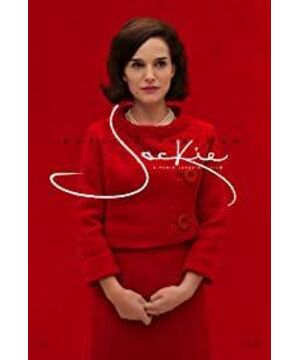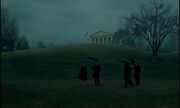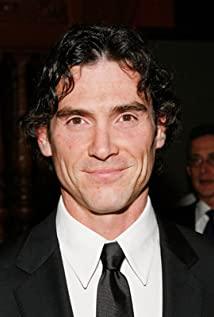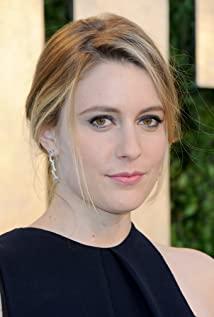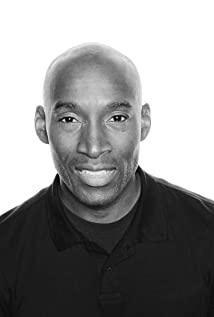I believe that many viewers start to get tired about twenty minutes into the film. A lot of character dialogue, indoor scenes that move around, slow shots, In fact, I'm not that smart either.
The first time I watched it on the computer, I was really a little confused. So I think if you haven't watched it yet, it will help you understand the following two points before watching it: 1. This is a historical account.Biographical film 2. Natalie played two "Jackies" this time; one is Jackie, who lost her husband, and the other is Jackie, who lost her husband to the president. (hereinafter collectively referred to as "Jackie")?
(If I don't leave, I'll start spoilers)
(Don't worry, it's a small spoiler)
The technique of this film is quite restrained; there is no plot to mobilize the audience, and there is not even a particularly rich scene to support the scene, but every entry point of the film is quite quintessential.
The film begins with a reporter's interview with Jackie, and the progress of the film advances along with Jackie's memory. Just as Jackie said that she "often confuses her memory," when the film explains the clips of Jackie's whispering memories, Pulling back to multiple time and space progressions, this slowly revealed the heart of the "First Lady": toughness, fear, nostalgia for reputation, and vulnerability. This is different from most of the previous biopics that relied on the main line of the narrative to analyze the characters' vividness and value. For a movie, such a method sacrifices the participation of the audience, but for a biography of a historical character, such a choice allows the level of the role of "Jackie" to be stretched to the greatest extent within the framework of historical facts. Within the scope and the shortest possible length, I present the most complete and bloody character profile.
In addition, as a biographical film, it is not too subjective, which is commendable and gratifying. Like a line in the popular "I, Tonya" at this year's awards ceremony, which is also a biographical theme, "the American people always need someone to love, and also need someone to hate" (however, it is a pity that "Tonia" ended up still showing a strong suspicion of "whitewashing"). In contrast, "The First Lady" weighs the character from beginning to end. Throughout the film, the author did not want to present a certain characteristic of the character that is "hateful" or "lovable", but every aspect of "Jackie" is well-balanced, and the character's portrait is drawn with restraint. Such character portraits are excellent and invaluable, and such an objective biopic touch makes it a true biography.
The film gives Jackie a lot of close-up shots, and Jackie's back in the White House, and these film languages, in my opinion, echo the structure and core of the film's selection. The close-up of Jackie's entire film captures Jackie's rapid and intensive psychological transitions in two roles (she who lost her husband and her who lost her president's husband); Natalie's restrained and complex emotional expression; the ghost-like shaking of the back in the White House is aimed at Jackie's helplessness and powerlessness in defending and struggling in front of the wheel of history as a woman (this "defense" is explained later, but it actually becomes Jackie's love for herself. defense).
View more about Jackie reviews


